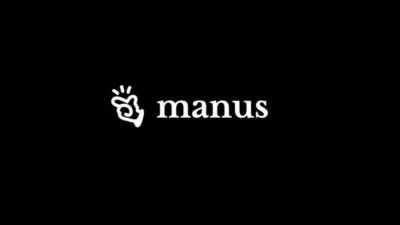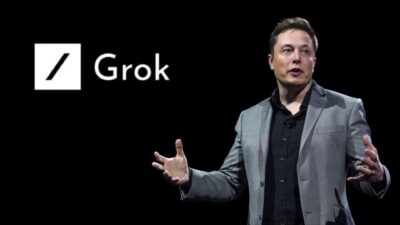The K-Shaped Trajectory of AI: India’s Defining Opportunity
Two defining moments have shaped AI’s recent trajectory. The first was the ChatGPT revolution in November 2022, which marked the dawn of the AI age. The second came in January 2024 with DeepSeek, which shattered conventional wisdom by delivering an advanced large language model (LLM) at an astonishingly low cost—just $5.6 million. Though skepticism surrounds DeepSeek’s numbers, its impact is undeniable: an open-source model can now rival proprietary ones, and China has matched the U.S. in AI capabilities.
While U.S. tech stocks wobbled—Nvidia took a hit—Big Tech’s commitment to AI remained unwavering. Companies announced an eye-watering $350 billion in AI infrastructure investment this year alone, with OpenAI and SoftBank pushing forward on the $500 billion Stargate project. The question is no longer whether AI will advance, but rather, how its foundational models will evolve—and where India will position itself in this unfolding game.
The K-Shaped AI Curve
AI’s trajectory resembles the K-shaped economic recovery seen during the COVID-19 pandemic—where some industries soared while others collapsed. In AI, we see a similar split: the upper-K, where Big Tech pours billions into massive AI models, and the lower-K, where smaller players innovate on a fraction of the budget. The upper-K is fueled by the latest Nvidia GPUs, trillion-parameter models, and energy-hungry data centers. Meanwhile, the lower-K, led by DeepSeek and China’s burgeoning AI ecosystem, focuses on efficiency—using older chips, algorithmic breakthroughs, and leaner training techniques to build models for mere millions instead of billions.
This K-curve is here to stay. The wealthy, developed world and corporate giants will keep scaling toward artificial general intelligence (AGI), prioritizing control, monetization, and intellectual dominance. Meanwhile, emerging markets and agile startups will chase what I call Artificial Good-Enough Intelligence (AGEI)—delivering functional, accessible AI that serves real-world needs. The upper-K seeks superintelligence; the lower-K seeks widespread impact. One builds centralized AI; the other champions open-source, distributed models.
India’s Play: Mastering the Lower-K
India’s AI ambition must align with the lower-K. IT Minister Ashwini Vaishnaw’s vision of indigenous foundational models is a step in the right direction. The argument against India building its own LLM has long been that it lacked feasibility in the Big Tech-dominated, upper-K landscape. But DeepSeek has shattered that notion. Now, India has both the imperative and the opportunity to create AI models that cater to its unique linguistic and cultural diversity.
India-specific LLMs would bridge the digital divide, serving non-English speakers, understanding local dialects, and addressing region-specific challenges in education, healthcare, and governance. Owning our AI models would ensure data sovereignty, breaking dependence on foreign tech—just as we did with GPS, UPI, and Aadhaar. With our legacy of frugal innovation, we can drive down AI development costs, making AI-driven applications accessible to startups, small businesses, and citizens at scale.
The Roadblocks—and the Way Forward
Building indigenous AI won’t be easy. We still rely on the U.S. for cutting-edge GPUs. AI research talent remains scarce. Competing with trillion-parameter global models is a daunting challenge. But history shows that when India commits to a national mission, it delivers. The Green Revolution made us food-secure. ISRO placed us among spacefaring nations. Digital Public Infrastructure transformed financial inclusion. Now, AI must become our next national mission.
Creating an indigenous AI model is just the starting point. The real goal is making AI work for 1.4 billion people—just as we did with digital payments and identity. If India commits to AI with the same vision and resolve, we won’t just participate in this revolution; we’ll define it.




